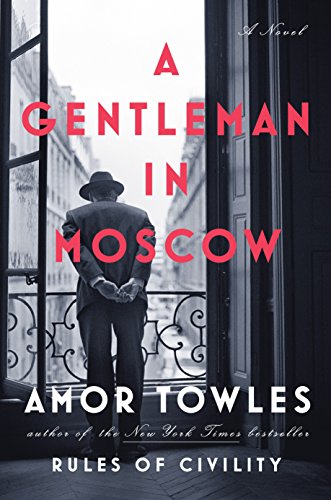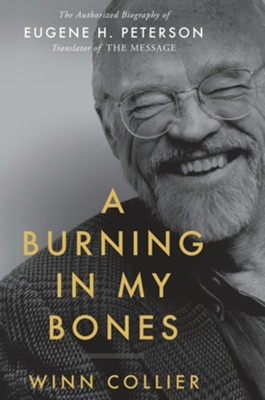| Disappointment with a book is unsettling, especially when the author is a favorite, but it is not the end of the world. It is an excellent opportunity to evaluate one’s expectations and desires when it comes to books which are good skills to develop when it comes to choosing the next book to read. As a writer, Amor Towles is top shelf. I enjoyed his first mesmerizing book, Rules of Civility. I loved A Gentleman in Moscow and read it several times. But his third novel, The Lincoln Highway, was not for me. This book was built on sorrow and violence and fits the description of a modern tragedy – which was a complete change of direction for this author and not what I was expecting at all. The Lincoln Highway is a journey story of three young people but it is a not hero’s journey, although there are aspects of heroism in several of the characters. I wanted to be able to root for someone in the book but there always seemed to be a roadblock, a detour, or a pothole in the plot that threw off my ability to commit to any one figure. I also had trouble believing the characters’ use of language. It was far too lyrical, beautiful, and worldly-wise for their backgrounds. What came out of the characters’ mouths was intriguing, yet it was not in agreement with the characters’ ages, geographic location, or experience, for the most part. I could not fully believe the arc of the story, either. Amor Towles is a magnificent writer and so I must ask myself: Am I missing something here? The first part of the story foreshadows the final events of the story, and I wish I had caught the crippling deficiency of one of the main characters before it was revealed at the end. That might have made a difference in my opinion of the book. Maybe. I watched an interview with Amor Towles on YouTube prior to the release of The Lincoln Highway. The author stated that he definitely did not want to write a book that was a copy in any way of his previous two books. In this Towles has succeeded, perhaps too well. I confess my disappointment in The Lincoln Highway, but I have realigned my compass and look forward to traveling with Mr. Towles on his next book journey. |









